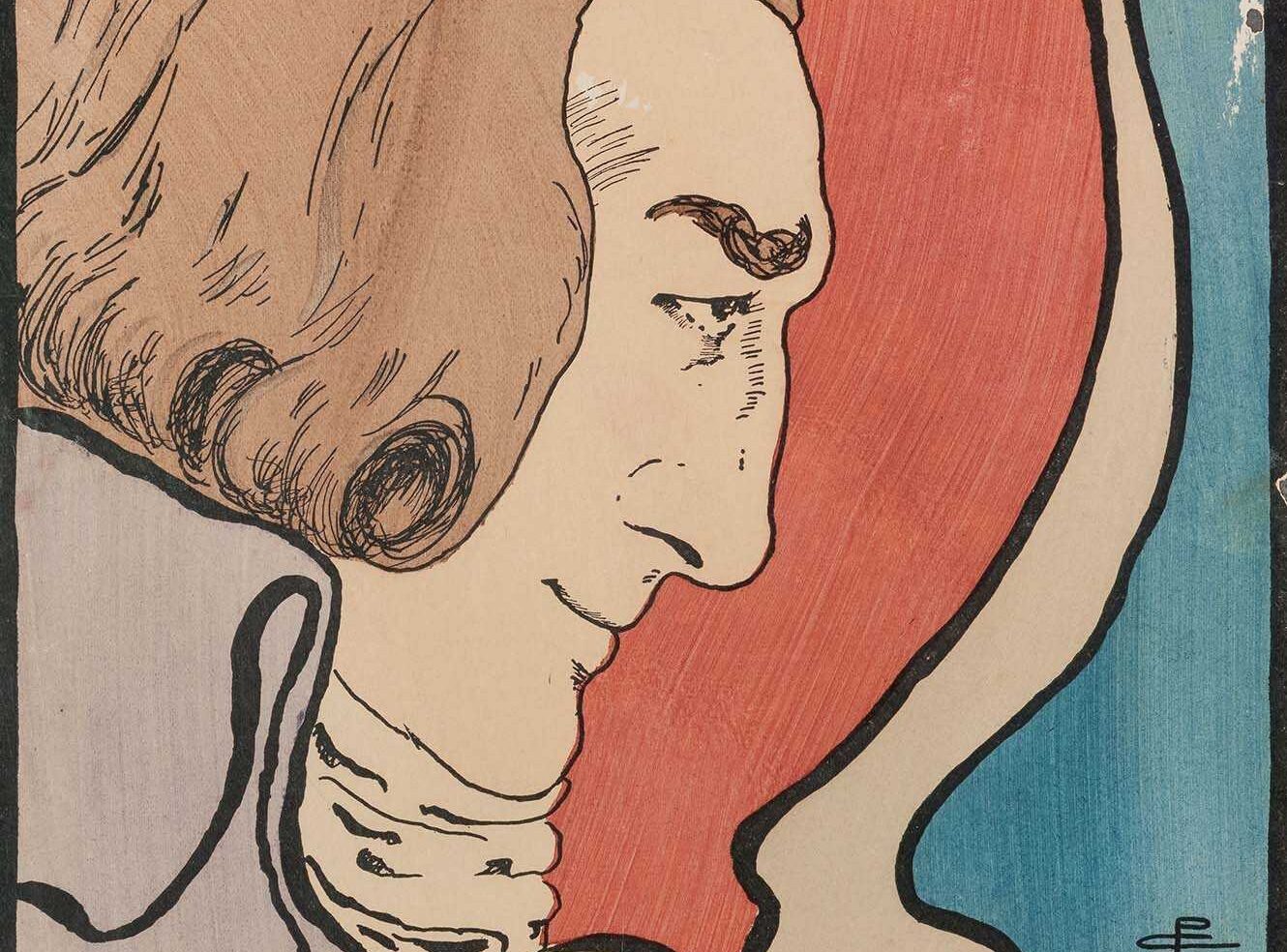We will remember them
On 11 November the UK, and many other nations around the world, will observe the annual memorial day for all those who have lost their lives through war.
Remembrance Day’s origins are intrinsically linked to the ending of the First World War, hence why we hold a two minute silence at the eleventh hour of the eleventh day on the eleventh month each year. Another key symbol of Remembrance Day commemorations is the Cenotaph at Whitehall in London. This iconic site of mourning and remembrance was created for the Peace Day Parade – a celebration, held on 19 July 1919, which marked the formal ending of the war following the signing of the Treaty of Versailles just a few weeks earlier. Designed by Sir Edward Lutyens, it was originally a temporary structure made out of wood and plaster.

Image ©Imperial War Museums. Further reproduction prohibited without permission.

Image ©Imperial War Museums. Further reproduction prohibited without permission.
The monument looked much like the one you can see in Whitehall today except for the wreaths, now carved in stone but then made with laurel, as can be seen in the photographs above. So popular was the structure with the general public, that it was decided almost a year later to replace it with a replica stone version, which could stand permanently in its place.
Because of the events of 11 November 1918, Remembrance Day is also known as Armistice Day. Volume VI of the Source Records of the Great War – a published collection of government records and other official reports which charts the main events of WWI and forms part of our First World War Portal - contains President Woodrow Wilson’s moving address to Congress following the Armistice:
The war thus comes to an end; for, having accepted these terms of armistice, it will be impossible for the German Command to renew it. It is now possible to assess the consequences of this great consummation. We know only that this tragic war, whose consuming flames swept from one nation to another, until all the world was on fire, is at an end.
Possibly one of the most popular and moving poems associated with Remembrance Day is John McCrae’s Flanders' Fields. McCrae was a soldier, poet and physician who fought in the war. He wrote this poem after he had to perform the burial service of a close friend who died in battle. The poem is said to be one of the reasons why the poppy has become the chosen symbol for the day of remembrance, and is one of the many moving creative works that emerged from the brutality of the First World War.

Image ©National WWI Museum at Liberty Memorial Archives. Further reproduction prohibited without permission.
For more information on First World War Portal, including free trial access and price enquiries, please email us at info@amdigital.co.uk.
Recent posts

Foreign Office, Consulate and Legation Files, China: 1830-1939 contains a huge variety of material touching on life in China through the eyes of the British representatives stationed there. Nick Jackson, Senior Editor at AM, looks at an example from this wealth of content, one diplomat’s exploration of Chinese family relationships and how this narrative presented them to a British audience.

The Nineteenth Century Stage is a rich resource exploring the theatrical celebrities, artistry, and changing social roles of the era. It highlights Pamela Colman Smith, known for her Rider-Waite tarot illustrations and theatre work, whose influence shaped Victorian theatre. Despite being overlooked, her life and impact are vividly captured through striking art and intimate collections within this valuable resource.
